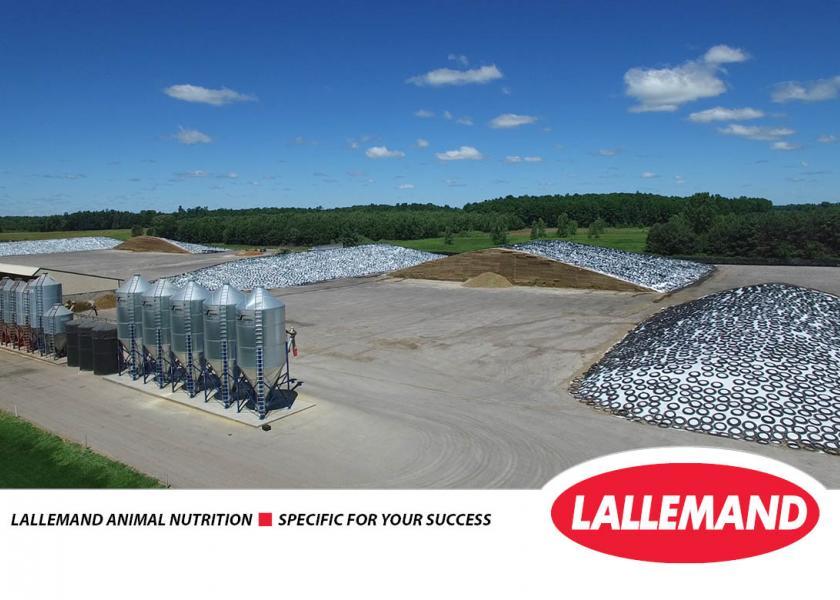Ask the Silage Dr: Do I Need to Get Yeast and Mold Analysis?

Q. When I send my silage sample to the lab, should I request yeast and mold analysis too?
A. We only recommend yeast and mold analysis if producers suspect silage heating or if there are herd health concerns that may be caused from molds. However, spoilage yeasts can lower intake, reduce ruminal fiber digestibility and reduce milk fat.
When interpreting your results, anything above 100,000 colony-forming units (CFUs) per gram of silage is a problem. Greater than 100,000 yeasts in a core sample will mean the silage will almost surely heat, as it gets to the surface. Heating and spoilage during feedout are the greatest contributors to dry matter (DM) and nutrient losses in silage production.
Avoid the temptation to feed spoiled silage. Feeding even small amounts of spoiled silage can disrupt normal rumen function and can lead to reproduction problems, respiratory problems, herd health issues, reduced feed intake and decreased production.
To minimize spoilage losses at feedout, it’s important to prevent the growth of spoilage microorganisms, such as yeasts and molds. Preventing oxygen exposure is key. Be sure to pack tight and cover rapidly and well. This helps drive air out and reduce its ingress.
A research-proven inoculant also can help. For example, a high dose rate Lactobacillus buchneri 40788 applied at 400,000 CFU per gram of silage or 600,000 CFU per gram of high-moisture corn (HMC) has been uniquely reviewed by the FDA for improved aerobic stability.
For additional silage tips, visit www.qualitysilage.com or Ask the Silage Dr. on Twitter or Facebook.







